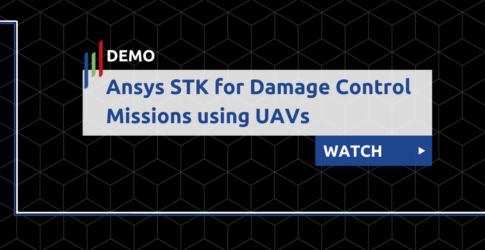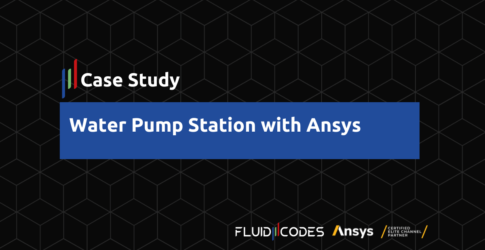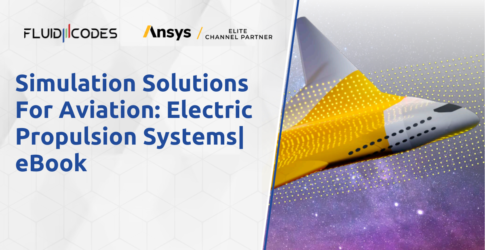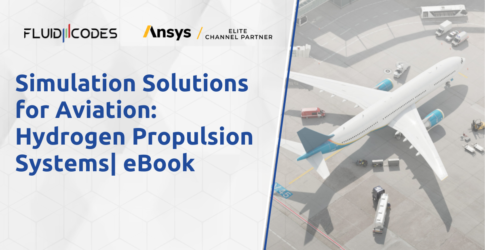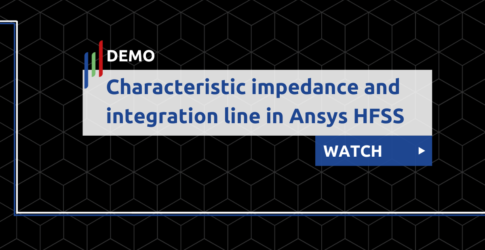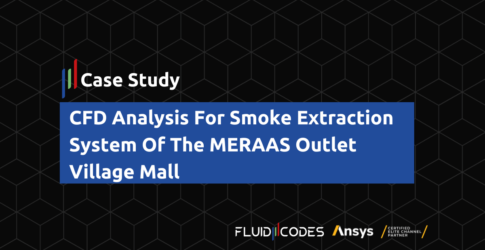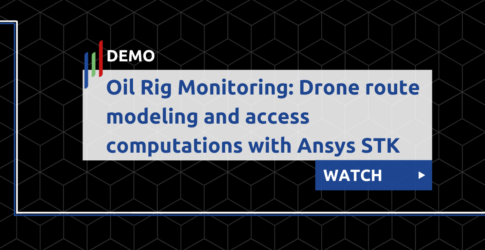Industrial Equipment and Rotating Machinery
Global trends and market pressures drive engineers to improve industrial equipment, rotating machinery, and turbomachinery design, with a focus on delivering performance with improved energy efficiency, safety, durability and range with lower cost and time to market. To achieve targets, developers look at improving all aspects of machine performance.
Energy-efficient rotating machinery reduce carbon emissions, but thermal turbomachinery design engineers also must address emissions of NOx, SOx, unburned hydrocarbons and soot. As the machines cycle more frequently, operate off-design and burn multiple fuels, it becomes more difficult to meet emissions targets.
Broaden Machine Operating Range
The industrial equipment industry pushes turbomachinery to the limit in terms of reliability, efficiency and operating range. The list of requirements is long: increased surge margin, improved stability at low flow, increased overload, increased range of inlet conditions, harsh environment, rapid startup and shutdown, variable speed operation, range of fluid types, cavitation margin, etc.
ANSYS provides a broad range of tools and physics capabilities needed to develop robust machines. Turbomachinery-specific tools and operating modes enable rapid primary flow-path development including aerodynamics, mechanical, combustion, and thermal simulation. Advanced cavitation models predict cavitation breakdown for hydraulic machinery. Tools are available for fast and accurate thermal simulation, including all modes of heat transfer and thermal stress effects. Aeromechanic models provide an assessment of blade flutter and forced response. The software’s comprehensive rotor dynamics capabilities assess machine stability, including support structure interactions and effects.
Reduce Emissions
Reduced carbon emissions call for higher machine efficiency, often demanding higher firing temperatures. Combustor designers must generate and manage these temperatures while minimizing other emissions, including NOx, SOx, soot and unburned hydrocarbons, across a broad operating range. The downstream turbine requires a well-mixed flow stream, without hot streaks that could damage blades.
ANSYS engineering simulation tools enable complete combustor simulation. Modern combustion models together with the widest-available range of RANS- and LES-based turbulence models facilitate simulation scalability to any desired level of fidelity. Accurate chemistry and reaction models complete the combustion process set. Our powerful meshes accelerate the construction of complex models typical of modern combustors, enabling detailed capture of complex cooling and mixing flows. Thermal effects are captured both in CFD and structural simulations, with streamlined communication between the two. ANSYS tools are HPC optimized for modern clusters, enabling simulation of the largest models.
Improve Durability & Reliability
High firing temperatures can shorten product life; an appropriate thermal management strategy can mitigate detrimental effects. Optimal control and placement of cooling air requires detailed knowledge of the flow field around hot components, with the ability to accurately predict stress, vibration, heat transfer and temperature — inputs required for accurate life prediction. All must be available over a broad operating range, including startup and shutdown conditions.
A complete multiphysics solution from ANSYS provides the integrated tools and workflow necessary for assessing and improving machine durability. ANSYS CFD solutions provide flow field and boundary conditions for detailed component thermal analysis. Inputs for thermal stress analysis can be transferred from CFD or directly determined during mechanical analysis. Modal, nonlinear stress and complete rotordynamics simulations, including housing/support effects, complete the structural solution. A unique blend of CFD, structural and dynamics capabilities enable detailed aero-elastic simulation, providing unmatched fidelity and insight into machine stability.
Reduce fuel burn, increase machine efficiency
The structural integrity and stability of any building is only as good as its individual parts. The way those parts fit together, along with the choice of materials and the building site, all contribute to how the building will perform under normal — or extreme — conditions. Civil engineers integrate this knowledge into their building designs and comply with increasingly demanding safety and government regulations. At the same time, the general public is demanding environmentally conscious designs.
ANSYS simulation software gives designers the ability to assess the influence of these variables in a virtual environment.
Through visualizing the effect of a wide range of variables, engineers can narrow the scope of field investigations, save considerable time and cost on projects, and move more quickly to the groundbreaking stage.
Civil engineers use ANSYS for projects as diverse as high-rise buildings, bridges, dams, stadiums, etc. By experimenting with innovative design in a virtual environment, dams, stadiums, etc. By experimenting with innovative design in a virtual environment, engineers and designers can analyze safety, strength, comfort and environmental considerations.





